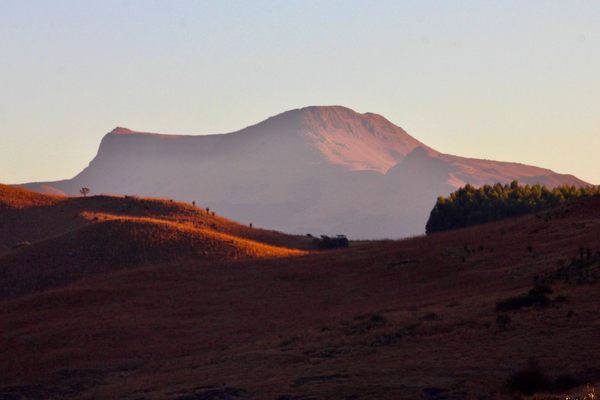Glaciers at World Heritage Sites Are Melting Before the World’s Eyes
A new inventory shows just how at risk these icy giants are.

Researchers from the International Union for Conservation of Nature have conducted the first-ever full inventory of glaciers at World Heritage sites. Their findings, published in the journal Earth’s Future, offer new clues as to when some of the world’s most iconic icy giants will disappear forever.
The IUCN team utilized an updated version of the Randolph Glacier Inventory and GloGEM, a program that can compute glacier mass, balance, and changes to geometry, to model the evolution of World Heritage site glaciers. The team found more than 19,000 glaciers in 46 World Heritage sites. The researchers then analyzed the glaciers for recent changes, assessed their current status, and estimated how their ice mass may alter throughout the 21st century. They discovered that of those 46 sites, 21 will be without their glaciers by 2100 under a high-emissions scenario.
“The results are both very alarming (very rapid and major glacier decline, glacier extinction in many WH sites) and interesting because they show that ice melt in the future will strongly depend on carbon dioxide emissions scenarios and thus human activities,” writes Jean-Baptiste Bosson, scientific advisor for the IUCN’s World Heritage program and lead author of the study, via email. According to the IUCN, even under a low-emission scenario, eight of the 46 World Heritage Sites will still be glacier-less by 2100.
Many of these locations, including Los Glaciares National Park in Patagonia and Tajik National Park in Tajikistan, were designated as World Heritage sites precisely because of the massive glaciers within their bounds, according to the study. Without them, the integrity and special quality of these sites will be forever degraded, argue the study’s authors.
The ultimate goal of this research was not only to document World Heritage site glaciers and provide predictions, but to also display the importance glaciers have for our planetary ecosystem. The study refers to glaciers as a “keystone species” because of the tremendous impact they have on all life-forms. “The key message is that we have to make utmost efforts to conserve glaciers because if they disappear, current earth systems and the life at its surface will be completely modified,” writes Bosson. “Because they are very iconic and sensitive to climate change, glaciers have to be used to raise global awareness to accelerate climate mitigation.”












Follow us on Twitter to get the latest on the world's hidden wonders.
Like us on Facebook to get the latest on the world's hidden wonders.
Follow us on Twitter Like us on Facebook